
Meeting with Sylvie Bétard, founder of the Petite Papeterie Française
Interview

We met Sylvie Bétard, the founder of La Petite Papeterie Française, an eco-friendly stationery line. Sylvie talked to us about her brand about her brand and her interest in contemporary art.
Artsper: What is your relationship to contemporary art?
Sylvie Bétard: I discovered contemporary art through photography. I changed from photography to a course on the "aesthetics of contemporary art" at Paris VIII University. It opened my mind, developed my ability to critique, and showed me the a wide range of possibilities. Contemporary art has led me to travel, to live elsewhere, to create incredible projects, I've also hate it's snobbery, the self-pity it has and but I've been able to go beyond appearances to understand the intimacy of the creative process. I wrote my master's thesis on the notion of protection in Scandinavian contemporary art. That's what brought me to the environment and then to ecology. Fifteen years ago, a contemporary British art magazine ran an issue entitled "Can Art save the planet? ". This question still resonates within me. The relationship between art - the arts - and ecology has been my guiding thread for 15 years.


Artsper: Your favourite artist?
Sylvie Bétard: One?!? Impossible .... in the first place, I'd say Alberto Giacometti. I've always had a fascination for his use of form. I studied his work for one year a part of a course.
And then I have to cite a Scandinavian artist so ... Olafur Eliasson. I learned about him through his first performance work in the waters of Stockholm where he had dispersed a green product (non-toxic) to encourage viewers to think about the presence of water in a city with 14 islands ... Then his exhibition at the Kunsthaus Bregenz in Austria was amazing. He has this power of the Sublime in the Kantian sense. Tomas Saraceno is not far behind.
Artsper: One exhibition that really had an impact on you?
Sylvie Bétard: The permanent exhibition of the Dia: Beacon in the US. That is, the space and its works. I had just spent a week in the Catskills forest, I was clean of any intellectual and urban pollution. This place reveals the omnipotence of contemporary art, it's dizzying. The complementarity of the space and its works is impressive. The encounter with Louise Bourgeois's imposing spider in this small room made me want to lie down and stay there for hours to look at it. The remarkable artistic experiences for me are the ones that make you want to stay rooted to the spot. We want to make sense of it, whether the experience is a disturbing, comforting or questioning one. It's my Scandinavian neo-romantic side. A character seen from behind, turned towards the horizon, contemplating.
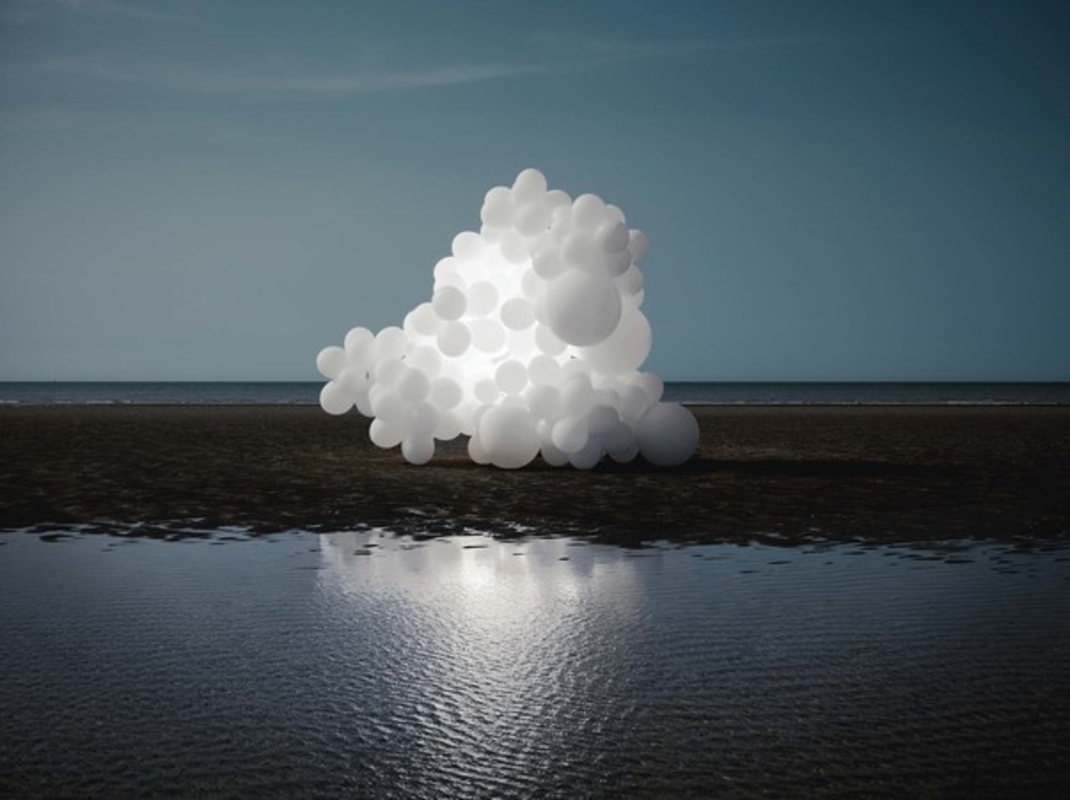
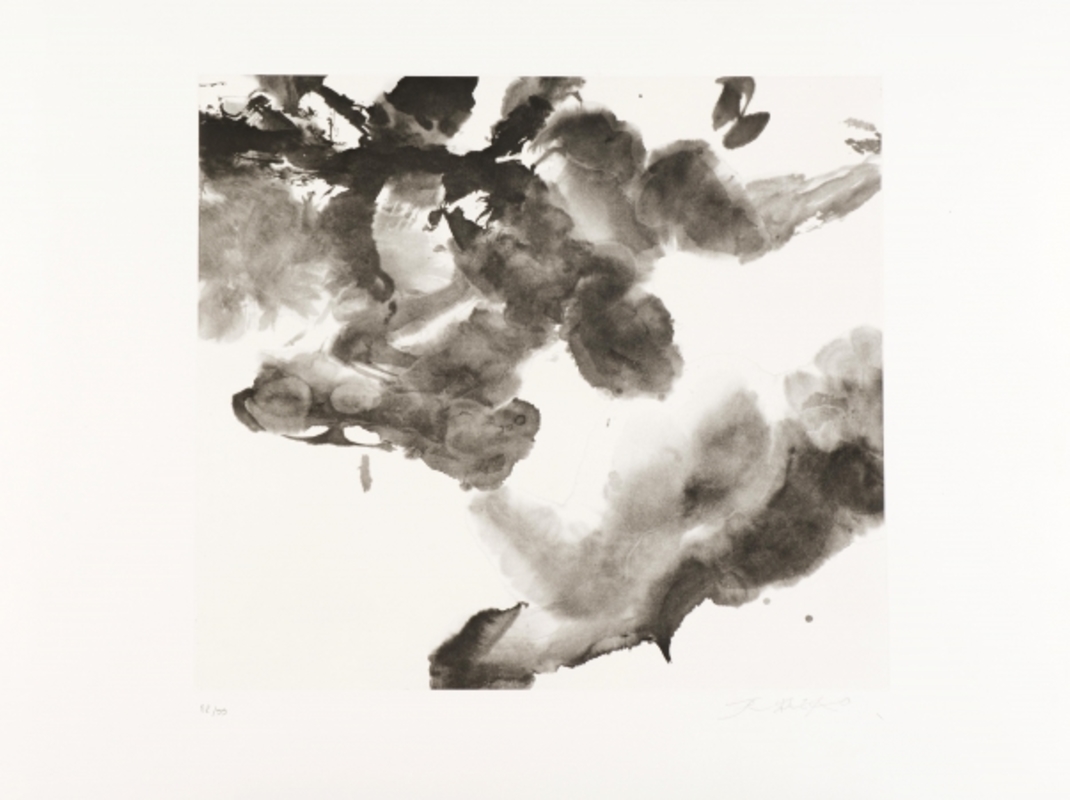
Artsper: The artwork you would like to make?
Sylvie Bétard: The question that goes back to Œuvres by Edouard Levé's ... it's book on all the works he never made. He helped be become less inhibited in my creativity. I never really wanted to create works after my art studies. It was my creative experience in the visual arts.
Artsper: Why did you decide to start a stationery brand?
Sylvie Bétard: To create a brand, a company, that was simple and responsible. To demonstrate that it was possible for a traditional company to have a strong ethical force while being appealing. Because we must not forget, that nobody cares about ecology if it does bring pleasure in some other way: emotional, aesthetic, functional ....
Paper speaks to everyone. Stationery about designing object. Paper is a material. Because it's in our lives - even digital - and it's a wonderful vector of environmental awareness. I wanted to open a small online store with an aesthetically strong and socially honest selection. I wanted to hold manufacturers accountable! Where do you make your products? How? How do you treat these men and women who work in your company? The graphic industry in France is rich, we have what it takes to appreciate and value.
Artsper: Can you describe your creative process when developing a new product?
Sylvie Bétard: I have two ways to start this process. Either via the material, or the functionality. I can't create the forms myself and working alone is far from rewarding so I work with great designers. We are complementary.
I have organisational ideas all the time. I am obsessed with optimising the organisation in a space to make it ultra-functional. It's part of a pathological process ... that I discovered during my studies: the desire to exhaust space and time around me. Often, I think of products for my own use, I test, I tweek, and suddenly, I tell myself that it would be great to actually produce this object for others. I'm never alone in this process, I work with product designers who will make my ideas into aesthetic objects. There's one condition: find the right material. It's the main element of success, respect for our brand ethics, the object and its role in our daily life.
Artsper: Which stationery item are you most proud of?
Sylvie Bétard: The 100% Upcycled To-Do notepad! Elsa Le Saux designed it from our scrap paper. The accumulation of our waste is a huge source of creativity, without ever tarnishing the high-end image that we want to keep and value. Yes we can make a beautiful notepad out of recycled paper at a reasonable price. The product is so popular so well that we don't have enough paper waste available to make it.
Artsper: The artist would you love to see using a product from your brand?
Sylvie Bétard: Designers I think ... the Bouroullec brothers.
Their favorite artworks



Star 16h08m/25 degrees
Thomas Ruff
Photography - 162.6 x 114.3 cm Photography - 64 x 45 inch
$30,000
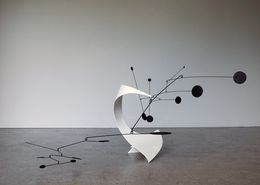
Shadowy stabile estampillé PX446
Paradox Créations
Sculpture - 50 x 70 x 80 cm Sculpture - 19.7 x 27.6 x 31.5 inch
$1,332






La Funambuleuse
Philippe Hiquily
Sculpture - 103 x 54 x 13 cm Sculpture - 40.6 x 21.3 x 5.1 inch
Sold
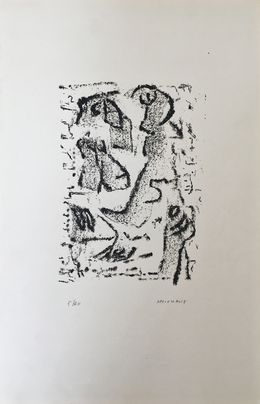
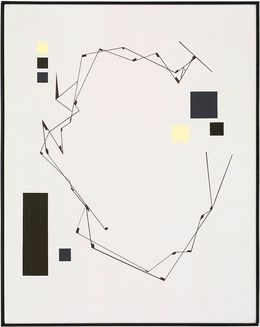
Die Figuren die mir blieben
Frank Maier
Painting - 77 x 61 x 7 cm Painting - 30.3 x 24 x 2.8 inch
$4,218
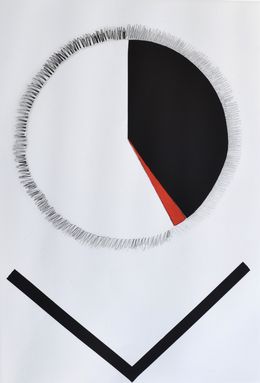
At Five O'Clock In The Afternoon, 1
Sir Terry Frost
Print - 75 x 57 x 1 cm Print - 29.5 x 22.4 x 0.4 inch
$1,665

